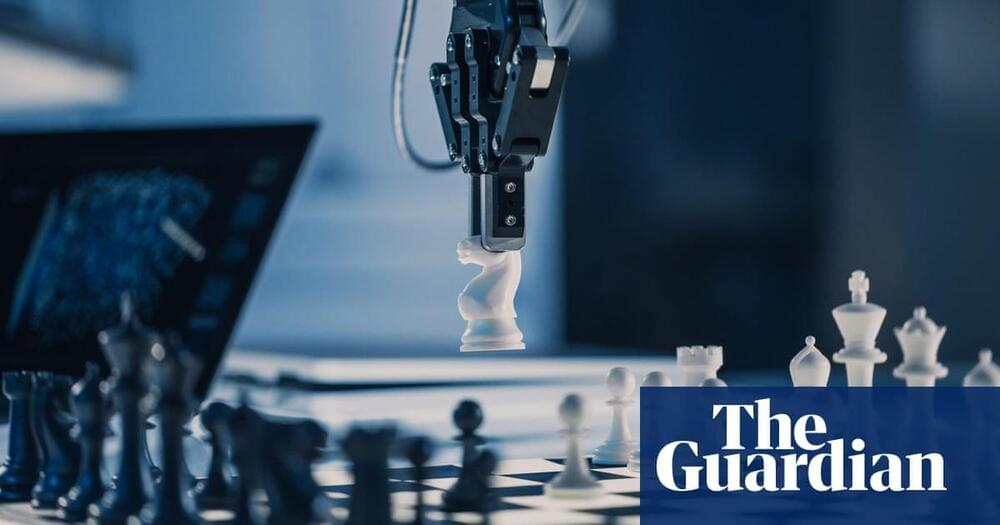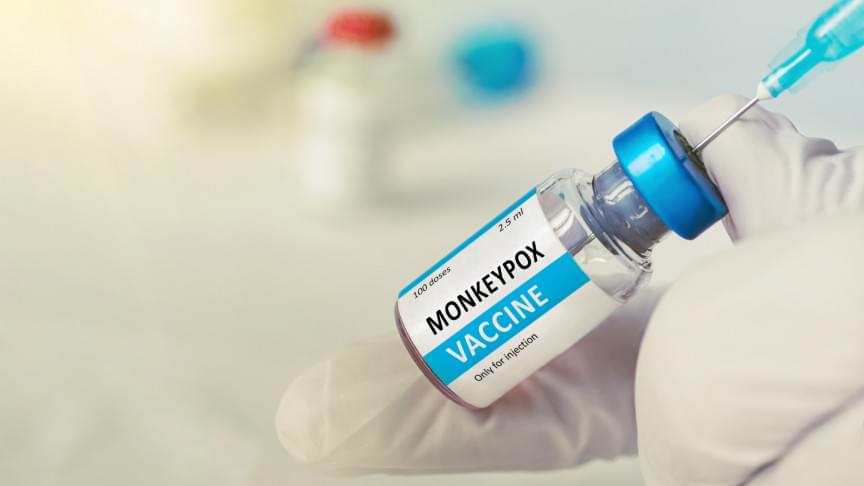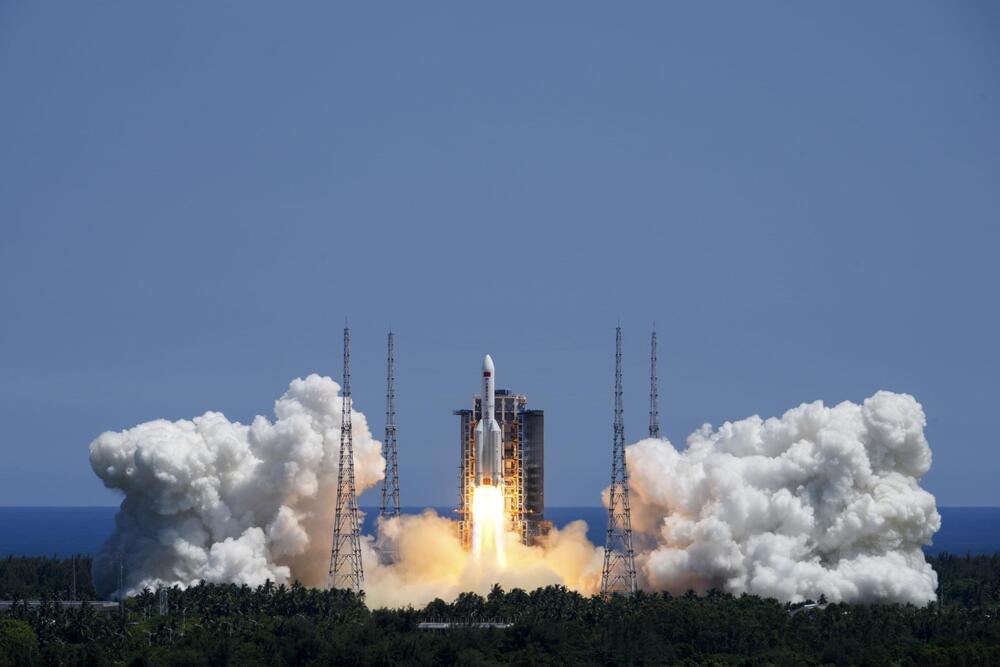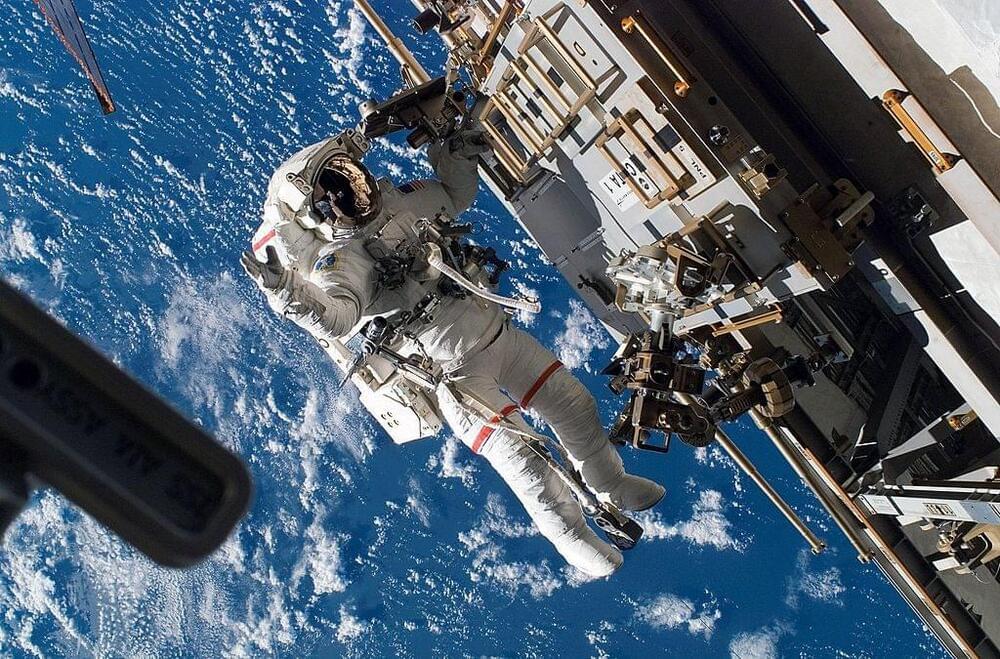He still has $112 billion. Bill Gates took the first steps toward donating $20 billion of his wealth to the Bill and Melinda Gates Foundation (B&MGF), giving away shares worth $6 billion this week, Business Insider reported.
Bill Gates is still the world’s fifth-richest person, according to Bloomberg and Forbes rankings, despite giving away shares worth more than $6 billion this week to his charitable foundation.
Gates donated close to $5.2 billion worth of stock in Canadian National Railway Co to the Bill & Melinda Gates Foundation, SEC filings show.
The Microsoft co-founder also gave away $995 million worth of shares in Deere & Co. to the foundation on Thursday, filings from Friday show.







